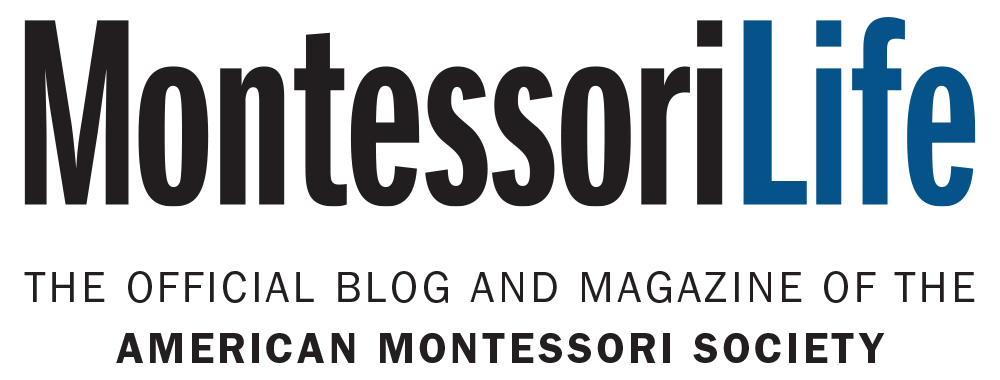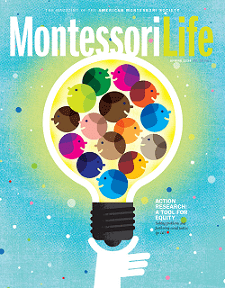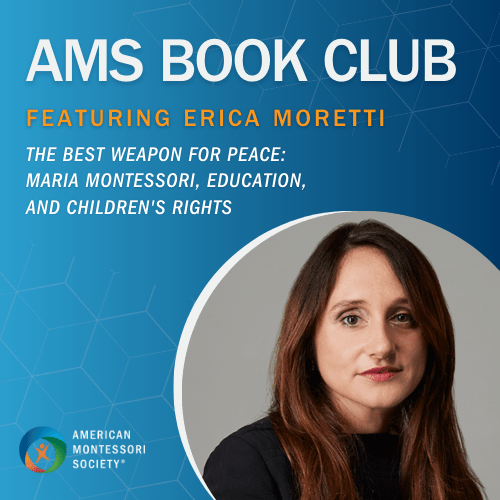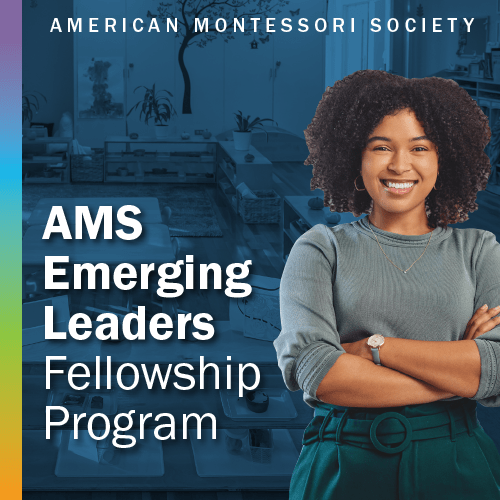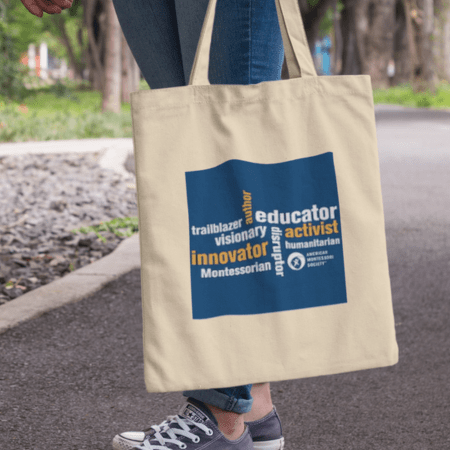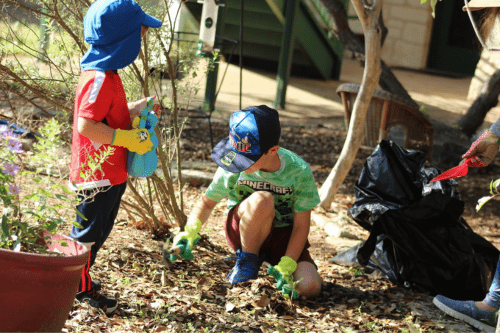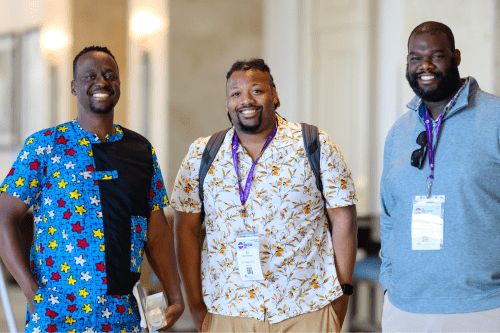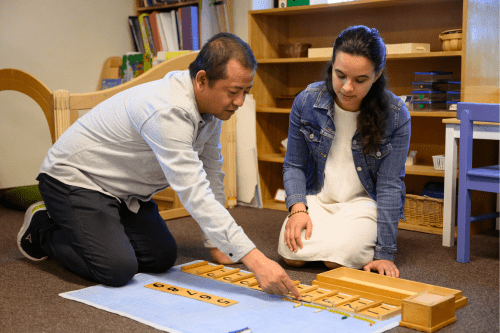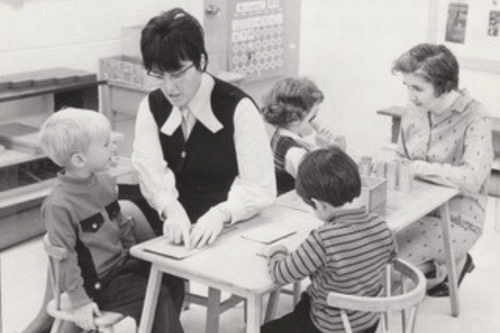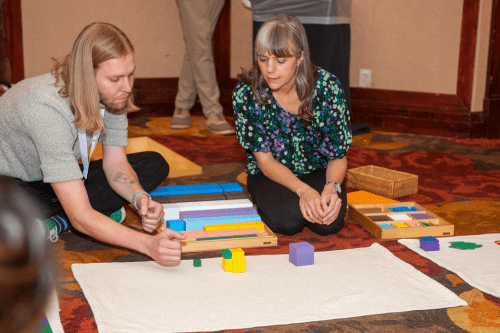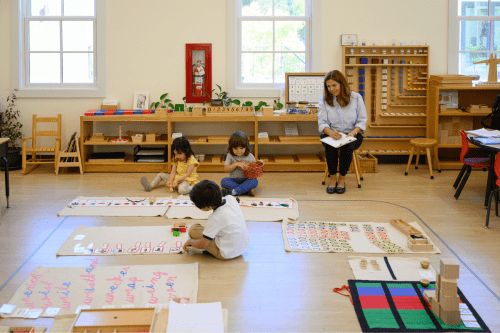Building an Inclusive Library for the Montessori Classroom or at Home
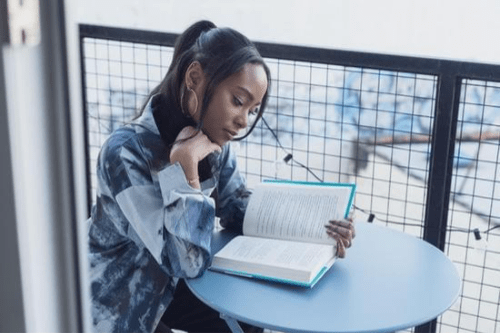
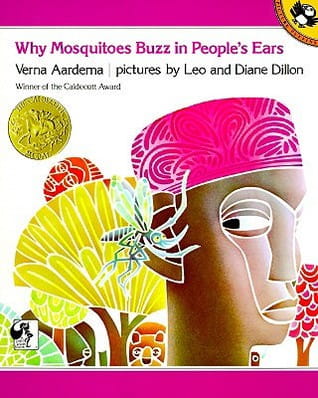
As a Black Montessori educator I strive to consider many things as I select books for my classroom.
- What is the underlying message?
- Whose voice is being silenced?
- Are there stereotypes or biases that I will inevitably need to unpack?
- How does the author and illustrator connect with the story?
I’ll never forget the time I quickly grabbed a children’s book for my daughter after seeing a beautiful Black girl on the cover with big curly hair. Without thinking to actually check out the content or the author before purchasing, I increasingly regretted this decision as we cozied up in bed and I began to read the story to her that night before she drifted off to sleep. Let’s just say, the messaging was actually rooted in shame and derogatory ideas about Black hair, and overall it was not what I expected.
According to the Guide for Selecting Anti-Bias Children’s Books from Louise Derman-Sparks, when it comes to the need to critically examine authors and illustrators we should ask and consider the following:
- Consider the biographical material on the jacket flap or back of the book.
- What qualifies the author or illustrator to deal with the subject?
- If the book is not about people or events similar to the author or illustrator’s background, what specifically recommends them as creators of the book?
- What is the author’s attitude toward their story characters?
- Are the images accurate and do the illustrators respectfully render the people in the story?
- Do you have books reflecting a balanced range of author and illustrator identities and experiences?
All authors write from a cultural as well as from a personal context. We owe it to ourselves and our students to keep all of this in mind as we go about building a more inclusive library.
P.S. When building your home or classroom libraries, please consider purchasing books from establishments owned/operated by BIPOC business owners.
About the Author
 |
Maati Wafford (she/her) is the director of equity and engagement for the American Montessori Society. For nearly two decades she has created brave spaces for Montessori educators to expand, build, and create more justice in the world. AMS credentialed (Early Childhood, Elementary I – II, Administrator). Contact her at maati@amshq.org. |
Interested in writing a guest post for our blog? Let us know!
The opinions expressed in Montessori Life are those of the authors and do not necessarily represent the position of AMS.

